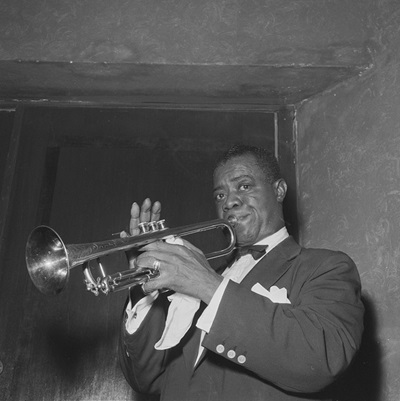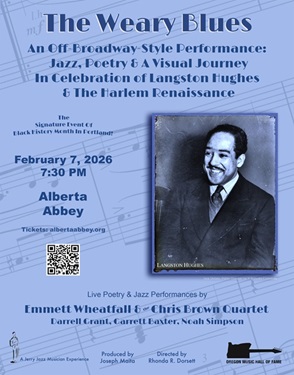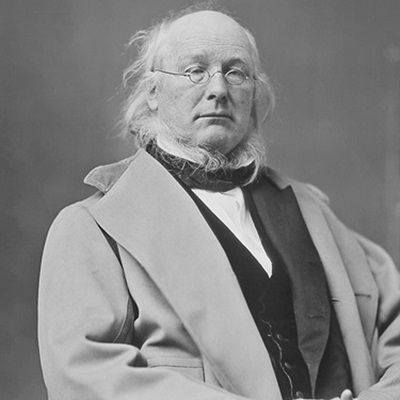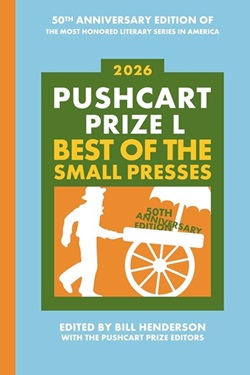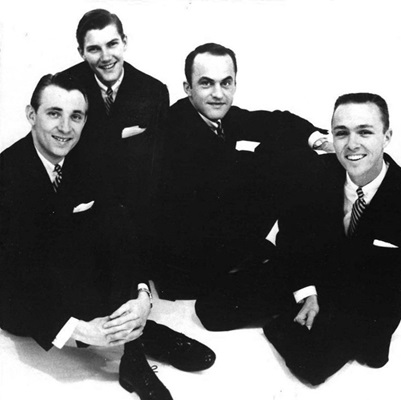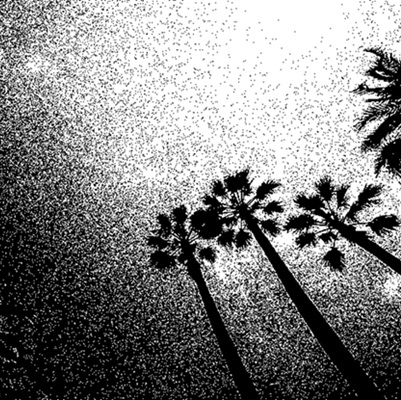Breaking into the white market without losing his African-American vernacular identity was an amazing achievement for Louis Armstrong — particularly during his era. I talk about this in an excerpt from my recent interview with Thomas Brothers, author of Louis Armstrong: Master Of Modernism.
__________
JJM In the winter of 1925 – 26, while making a name for himself at classy venues like the Dreamland Café and the Vendome Theater, Armstrong was also extending his reputation thanks to the Hot Five series on OKeh Records. The recordings sold in Chicago, but the main target audience was African Americans in the Deep South, where “race records” were immensely popular. What was OKeh’s marketing strategy for this series?
– Thomas Brothers
TB Yes, they certainly sold in Chicago, and they sold in all northern cities where there were African-American communities from the Great Migration. The target of these “race records” was of course to appeal to the African-American mass audience, and to do so in a low-budget way. They were not interested in paying musicians any royalties – they would get a flat fee – so while it was a great way for a musician to make a name for himself, it was not necessarily a great way to make a career because there was very little income from the recordings themselves.
JJM What Armstrong recorded for OKeh and what he performed live must have been substantially different than what he was playing…
TB That’s right. The famous Hot Five ensemble of Kid Ory, Johnny St. Cyr, Johnny Dodds, Lillian Hardin, and Armstrong are New Orleans musicians who were assembled in order to put collective improvisation together at the drop of a dime. They would walk into the studio with very little rehearsal time and no fancy arrangements, and knock off a few recordings. It’s a rough and ready kind of production, which is very different from playing in a place like the Vendome Theater or the Sunset Café, where they’re playing arrangements, where more than one musician may be playing on a part, and where they are playing hits of the day.
During my research for the book I tried to identify as much overlap as I could between what was being played in the live settings and what was being played in the recording studios. Sometimes it’s very clear. For example, “Big Butter and Egg Man,” one of his most important recordings from 1926, was definitely played at the Sunset Café, but the version that’s on the record with the Hot Five is not going to be matching what was played at the Sunset Café, except for Armstrong’s solo and the vocals. The Hot Five arrangement is not what we would have heard at the Sunset Café because that was arranged and orchestrated for the musicians, whereas the studio version was improvised by the New Orleanians, who, except for Armstrong, were not at the Sunset Café. So, it’s that kind of thing, where sometimes you can see little bits of evidence that these solos are migrating from the live performance venues into the recording studios, but sometimes it’s just speculation.Another example is “Struttin’ with Some Barbeque,” which I suggest was probably heard in these venues because it’s clear that it is a carefully worked out solo, one that he performed week after week, got it right in the live venues and then brought to the studio.
JJM We talked a little earlier about the “Alligators” — the white musicians who would come watch and listen to Armstrong. How did they contribute to Armstrong’s emergence as the dominating influence in jazz during the 1920’s?
TB Well, it’s clear that the Henderson recordings and the 1924 recordings he made with blues musicians in New York were getting his name out to jazz musicians throughout the country. For example, Jack Teagarden said that he first heard Armstrong for the first time through those recordings. The Hot Five recordings were an ever better opportunity to showcase Armstrong as a soloist, and his reputation expanded among musicians, especially musicians in Chicago who knew about him.So, going down to the Sunset Café or at times other venues to hear Armstrong and to hang out with him became the thing to do. They became friends with him — they certainly idolized him — and they had these recordings from which they could memorize his solos. This connection with other musicians was the way his innovations and his great melodies find their way throughout the jazz field.
If these musicians didn’t copy his solo exactly, they internalized his style. Bud Freeman is very good with this, and he talks about some of his early recordings, saying, “That’s all Louis, what I’m doing on there. That’s my version of Louis’ solos.” That became more and more common among not just African-American musicians, but white musicians, too.
JJM There was a lot of talk among the African-American musicians about the Alligators stealing their work. Chicago Defender writer Dave Peyton felt that black musicians should “hold on to your ideas. Don’t show them (Alligators) a thing.” He even insisted that anyone who violated this principle was an “Uncle Tom.” Of course, the recordings made it so you didn’t have to see Armstrong in person to steal his work, you could steal it from the recordings, which was a new dynamic…
TB Yes. Peyton does talk about this. As the music writer for the Defender, he is probably the most important African-American writer on music during the 1920’s. The column you refer to is sort of a business column — for example, how to advance your career — and he talks about this problem you bring up.
You know, Armstrong never complained about it. Armstrong and Earl Hines, for example, felt flattered by the attention, and they enjoyed their friendships with white musicians. For others it was not so easy to swallow, because if you weren’t in the premier cream of the cream, like Armstrong and Hines-two of the greatest musicians of the 1920’s — if white musicians were copying what you were doing, then that was more of a problem and it wasn’t quite as easy to accept.
JJM Jumping ahead to 1929, Armstrong returned to New York, where he performed at Connie’s Inn in Harlem and on Broadway in Hot Chocolates, a show that put him in a position to experiment with paraphrasing popular songs…
TB The success of “Ain’t Misbehavin'” puts a bigger spotlight on him in New York, and especially a spotlight at the Hudson Theatre, which is primarily a white theater. It’s through this success that the recording company realizes they can now market him more aggressively to white audiences through their premiere label.So, after the success of “I Can’t Give You Anything But Love” and “Ain’t Misbehavin'” — both of which were from May and June of 1929 — he became much more in demand in that marketing strategy. At the same time, he is playing in different kinds of venues, and he has a tour around the country during which he sings primarily popular songs, where there will be a very strong connection between what he’s doing in live situations and what’s going directly onto the recordings.
JJM So, he became what is known in the record business as a “crossover artist,” which is an ability to appeal to multiple audiences…
TB Yes. I believe ”West End Blues” was the recording where they first started experimenting with releasing him on both labels, and then they just increased the intensity of that, all the way through 1929. Ultimately, by 1931, his recordings are no longer released on the “race” label – his music is only released on the white labels.
JJM “West End Blues” was sung at the Savoy Ballroom, and probably with the use of a microphone…
TB Yes, somebody actually says how he stepped back from the microphone to play his trumpet solo, which implies that he’s got a microphone there for his voice. And you can also tell on his vocal on “West End Blues” that it is a very different vocal style than, say, “I Can’t Give You Anything But Love” or even “Ain’t Misbehavin'”. You hear the microphone voice on “I Can’t Give You Anything But Love” and you hear the big voice that’s going to fill up a big space on “Ain’t Misbehavin'”. These are two different kinds of voices for him, and it’s the microphone voice that’s going to dominate the early 1930’s, with all the nuances and delicate phrasing, which is closer to the crooner style. The crooner style was based on microphones, and while nobody mistook Armstrong for a crooner, there are definitely connections there. .JJM Armstrong’s performance of “Poor Little Rich Girl” got everybody’s attention at the Vendome and Sunset, but he never recorded it since OKeh was not interested in paying royalties to its composer, Noel Coward. Are there other examples of that, and, because of this kind of constraint, did Armstrong put his best material on record?
TB We do have some reports on that kind of thing from the Vendome Theater, where people talked about certain songs as having a huge impact when he performed them live there, but we don’t know anything about them on record. So, I think there was absolutely some of that. That would have been true of his work through 1928, but once he gets into the white audience, from 1929, especially, and through 1932, we can be confident that most of his good material is going onto the recordings.
JJM Breaking into the white market without losing his African-American vernacular identity was an amazing achievement for his era…
TB Well, he’s in an environment in Chicago at a time where there is an incredible demand among African-American audiences for sophisticated music that, as one person says, “Really relates to us.” People have disposable income and they’re willing to pay for classy entertainment, and there are a lot of venues where classy entertainment is being presented. It is a very competitive environment that made this kind of achievement possible.Another thing is that there was access to music lessons. Many New Orleanians took lessons in Chicago from German music teachers, and they are learning scales, they are learning technical exercises for agility, they are learning how to cultivate a better tone quality, and they are learning a little bit of music theory and chord formation. All of that gets folded into his solo style in the mid-to-late 1920’s. That kind of thing is very audible in that period — we don’t hear that so much today, we just hear Armstrong as a great player — but during this period, they would hear that. They would hear that as sophistication, they would hear that as technical accomplishment. They could hear that he could match the best white trumpet players of the day, and they could hear that he even expanded the range on his instrument, and that he could play as fast as they do. And, of course he has his beautiful sound, which was just as good as the classy white trumpet players. All of that was very audible in Chicago in the late 1920’s.
__________
Read the entire interview with Thomas Brothers







